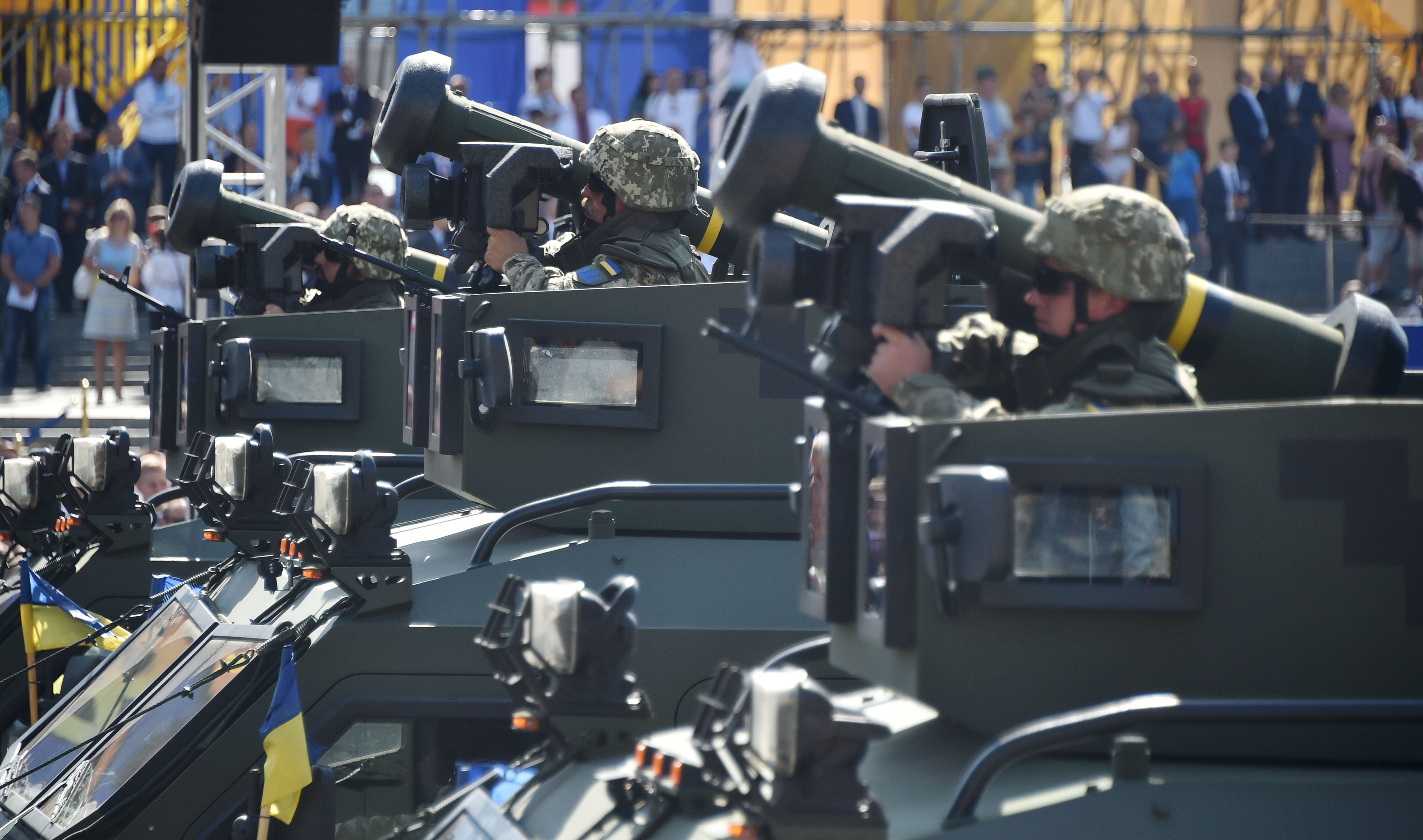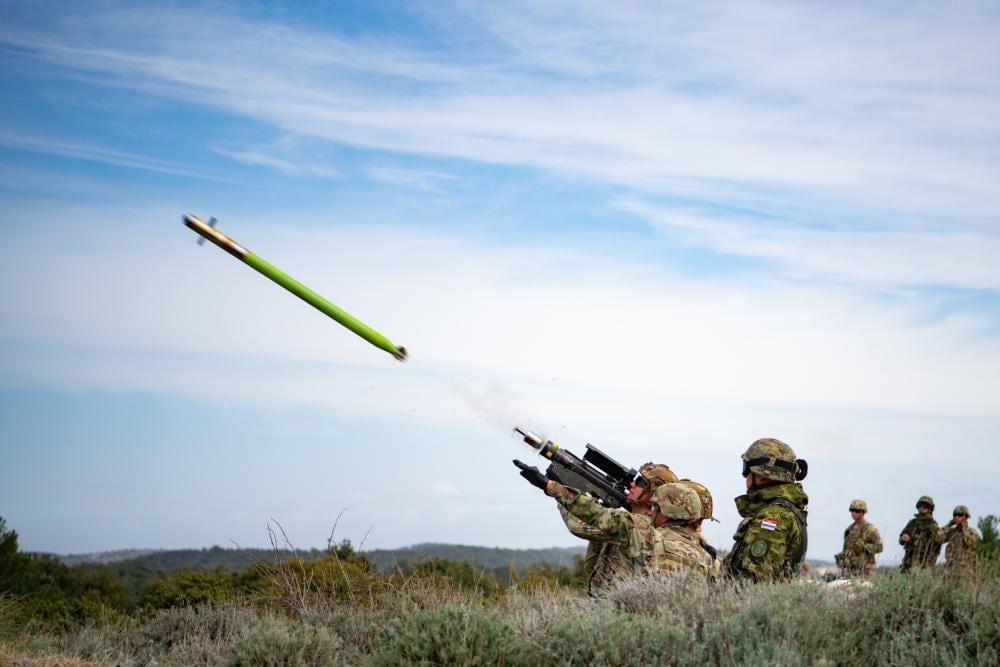WASHINGTON ― Lockheed Martin’s chief executive said Tuesday the U.S. and its allies are “changing gears” toward increased defense spending that will boost the company’s future sales ― but it will take time.
Jim Taiclet said Russia’s invasion of Ukraine in February and China’s more aggressive actions and rhetoric have upended a “relatively benign global security environment” in a matter of months. Still, it’s unclear exactly what that will mean for Lockheed, he said.
“The clutch isn’t engaged yet,” Taiclet said. “And the clutch engaged means there are contracts in place, there’s a demand signal out there that’s clear, there’s funding appropriated by the U.S. Congress ― in the case of the United States ― and we’re producing ... with a supply chain that’s robust enough to support it.”
“To get the clutch to engage, it’s going to take two to three years, and that’s for our allies as well, because they not only have to go through their own processes internally, they then have to go through generally the [U.S.] foreign military sales process,” he added.
RELATED

The assessment came during a downbeat quarterly earnings call; the contractor disclosed its ongoing supply chain challenges and reported significantly lower sales and profit. Lockheed said quarterly sales totaled $15.4 billion, down 9% from the same three-month period the prior year. Profit sunk to $309 million, down from $1.8 billion a year earlier.
Lockheed lowered its full-year earnings per share outlook $21.55, down 19%, which the company said reflects a $1.5 billion pension settlement charge and other one-time occurrences. The company cut its 2022 sales outlook from $66 billion to $65.3 billion.
Though news broke Tuesday morning that Lockheed reached a handshake deal with the Pentagon for three lots of F-35 Joint Strike Fighters, the contract wasn’t finalized or reflected in the earnings report.
Sales in the quarter were “lower than expected due to the delay in the contract agreement on the F-35 and supply chain impacts,” Taiclet said. “We anticipate supply chain challenges to continue for the remainder of the year, and we’ve reduced our 2022 outlook to reflect that.”
A number of countries in Europe have committed to increased defense spending, and Congress appears on track to increase the FY23 budget above the Biden administration’s request. Lockheed has further advocated for streamlining the U.S. foreign military sales approval process, which involves the State Department, Pentagon and Congress, to speed up its anticipated deals.
“The demand and the situation that our customer base is facing has dramatically changed over the last three, four months,” Taiclet said.
International customers have expressed interest in Lockheed fighter jets, and the administration in February announced a $4.2 billion deal with Jordan for the F-16. A recent $1.6 billion deal with Saudi Arabia to produce THAAD interceptors helped buoy Lockheed’s missiles and fire control segment in its most recent quarter.
RELATED

As the U.S. military has sent Ukraine its Javelin anti-tank weapons, which Lockheed coproduces with Raytheon Technologies, and the Lockheed-made M142 High Mobility Artillery Rocket Systems, the company said it expects increased sales of those systems. Taiclet said Lockheed is also increasing production of its Patriot Advanced Capability-3 surface-to-air missile.
“The question is, how much higher can we take it over the next number of years?” he said. “The reality is today, none of it is under contract. And so we’re trying to get a better understanding with the timing that these will come into contract, and then get a better understanding of our supply chain capability to determine when we can actually deliver.”
The U.S. and other NATO countries have been supplying Ukraine with a range of weapons, and U.S. President Joe Biden has exercised his authority to draw donations from U.S. military stockpiles 14 times. But those transfers have also raised concerns about the defense industry’s access to critical components and other potential supply chain kinks, especially as the Pentagon looks to replenish its supplies.
Taiclet said it’s “too soon to tell” how the U.S. would backfill equipment it has sent to Ukraine, and the company is awaiting decisions by the armed services, the Pentagon and the Biden administration.
“There’s some initiatives ongoing from some of the services in the Department of Defense to put more energy behind replenishment, but that’s early in their process, so we don’t have full visibility,” he said. “We’re supporting it of course and making sure they understand what the capacity ― capabilities are over the next two three years to get up to higher volumes.”
Joe Gould was the senior Pentagon reporter for Defense News, covering the intersection of national security policy, politics and the defense industry. He had previously served as Congress reporter.





